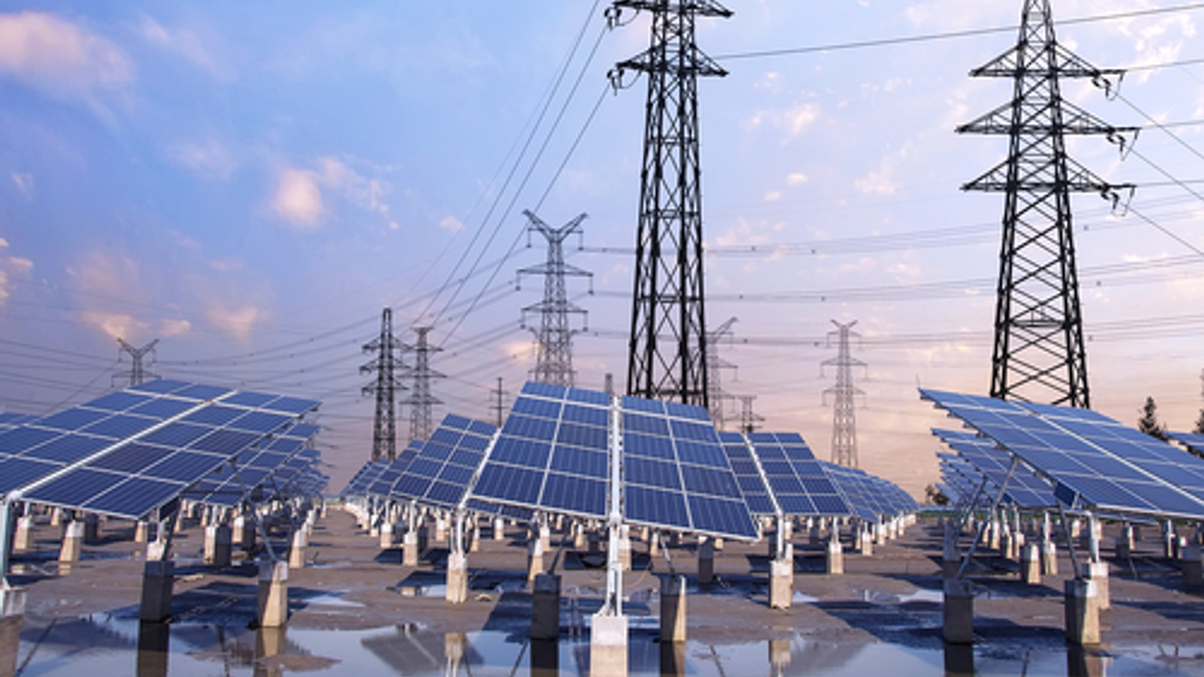Korea’s Poba to pick managers for overseas infrastructure mandate

Korea’s Public Officials Benefit Association (Poba) has issued a request for proposal (RFP) for a new mandate for global infrastructure investments, with a focus on renewable energy and technology-related projects, which it expects to conclude and pick winners within a month. It is also set to finalise a co-investment deal on private debt in North America with another asset owner in the near future, as it aims to ramp up investments into the latter asset class.
Both deals will be separately managed accounts (SMA), according to chief investment officer Jang Dong-hun.
The pension fund, which managed W16.4 trillion ($14 billion) at the end of 2020, has earmarked over W1 trillion ($880 million) for new overseas real estate investment through SMAs and co-investment platforms this year. The focus of these investments will be on logistics, residential, and real estate debt in the US and Europe, Jang told AsianInvestor.
Poba has issued a request for proposal (RFP) for the coming infrastructure-focused SMA mandate. Aspiring fund managers having to submit full documents by this week, and it intends to complete choosing the winners within a month, Jang said, declining to disclose the value of the mandate.
The infrastructure mandate intends to target diverse global infrastructure projects, instead of individual sectors or geographies. However, green- and technology-related investments are likely to appeal. Jang noted that Poba has recently increased its investments into renewable energy and technology-related infrastructure projects, such as satellite towers and data centres.

Infrastructure-related investments account for 10% of Poba's AUM, and 24% of that sum is invested into North America, the CIO said. Indeed, Poba mostly invests into infrastructure-linked assets in Europe, North America and Australia. Jang has previously told AsianInvestor that he thinks Asian infrastructure investment market is immature and generally has higher economic structure and political risks.
Poba continues to add to its overall exposure to alternative assets, which now stand at 58% of total AUM. However, Jang was keen to stress that its infrastructure investment strategy remains quite conservative and risk-averse.
He added that Poba’s investment preference has been to invest into social infrastructure assets such as schools, hospitals, prisons, and community housing and infrastructure debt. These types of assets are not related to GDP growth, something that appeals to Poba as it does not like to see infrastructure returns vulnerable to cyclical economic swings.
As with most pension funds, Poba invests with an eye to making a minimum level of annual return to meet its long-term asset growth and pay out needs. Jang said the pension fund’s minimum return target for this year is 3.9%.
SEEKING CO-INVESTMENTS
Poba is also looking to continue using external partnerships and SMAs to co-invest with other overseas asset owners this year. The pension fund was unable to fully utilise co-investments over the past four to five years due to internal barriers but it will try to attract more external partnerships this year, Jang said.
The pension fund’s key focuses are to use the co-investments and SMAs to invest into private debt, logistics, residential, and real estate debt in the US and Europe, he added. As part of this strategy, Poba should soon finalise a co-investment deal on North America private debt with another asset owner, said Jang. He declined to disclose the value of the co-investment or offer any other details.
Private debt is another area into which Poba is looking to put more of its funds. The asset class accounts for 3.6% of its AUM, but this is likely to expand a great deal in the months and years to come.
“Currently, we still have some more room to grow up in fixed income-related investments, which is not big enough to satisfy our internal target,” Jang added. “We still have some more room to grow in the private debt area – they have shown us very sound and resilient returns during Covid-19. We have pretty strong confidence in our external general partners in private debt area.”
Last year, Poba set up a $312.5 million joint venture with California State Teachers’ Retirement System to invest in US multifamily residential real estate. That came after it allied with Danish pension fund PFA in 2019. However, it has plans to greatly increase its exposure in this space.
“I would not be surprised if Poba has 10% on the private debt area [in the long term],” said Jang.
INFLATIONARY PRESSURE
While Poba is seeking to expand its alternative assets, Jang is keeping a close eye on the global inflationary environment. He believes the biggest risk to Poba’s investment returns would be a rapid increase in inflation in the US, followed by US Federal Reserve raising rates.
“The interest rate level [in the US] can directly impact all asset classes, including alternative investment, which Poba is heavily investing in,” Jang said.
But he pointed out that the inflation or potential interest rate rise should not have too much direct impact on Poba’s return target, as most of its investments are built on flexible rate rather than fixed.
“Under the inflationary pressure, we will continue to focus on real estate, infrastructure, and private debt,” Jang said.


